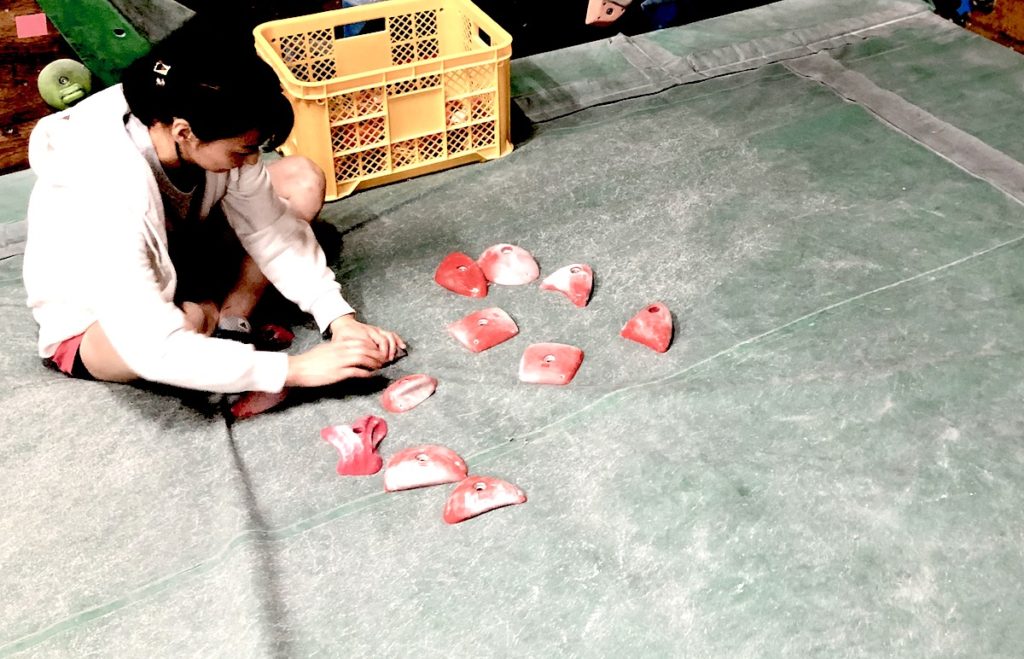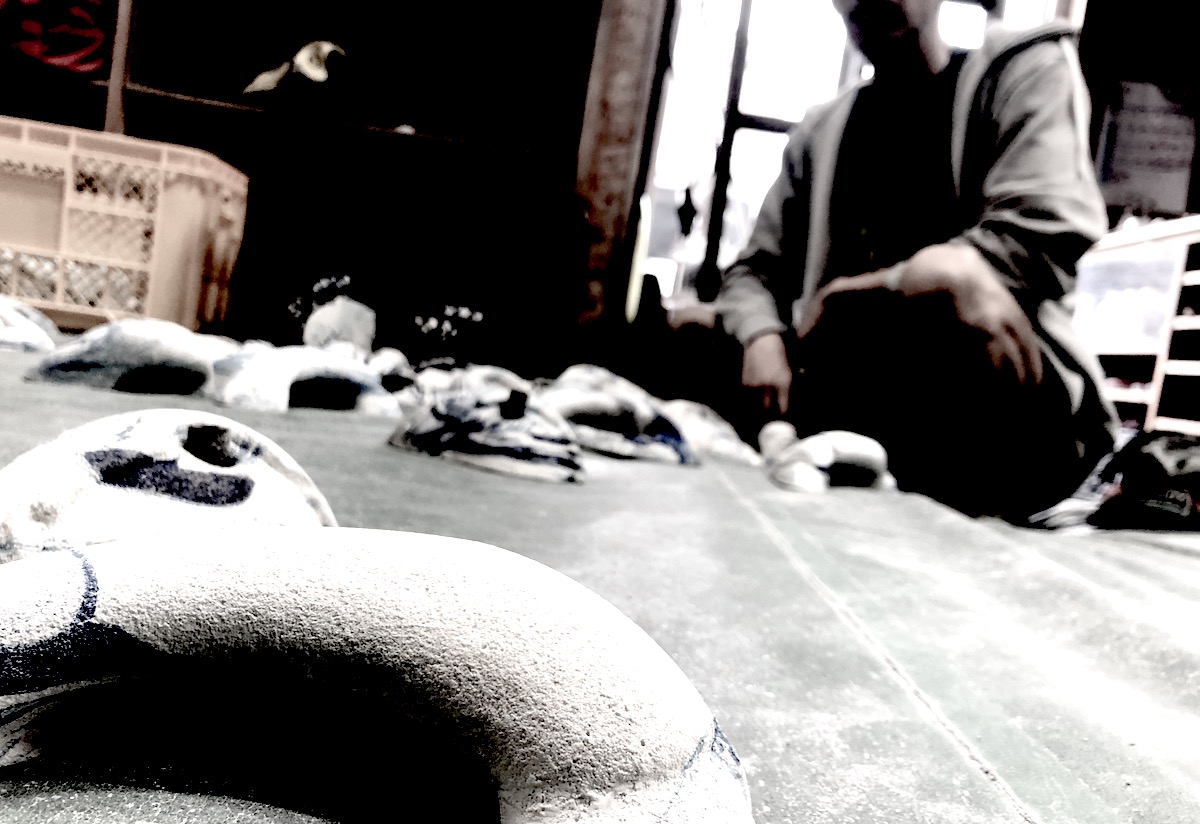Imitation of the problems is essential to improving your route setting. All experienced route setters will tell you that this is a must. However, the only concrete way to do this is to watch videos and imitate them, or try to replicate a problem that impressed you, and that’s about it. It’s better than just setting more in the dark, but if you don’t get the gist of it, you’ll be separated from your progress.
This is true of every single climbing movement. The only way to improve your climbing is to improve your ability to reproduce good coordination. If you just climb in the dark, your body will remember the odd movements (e.g. a significantly elevated shoulder) and you will become a master of unnatural climbing forms. One unnatural form will trigger the next bad movement and work together. In this way, the separated paths of improvement become more and more difficult to return to the original way.
Practice takes time to practice. If you climb in a competition every day, you’ll understand that it’s difficult to improve your basic skill effectively and you can easily get injured or break down.
Route setting can have the same or worse results. Every time you make a problem for a customer, it’s the same as running a competition every time. It’s just as difficult to improve basic skills efficiently, but the real issue for the customer, not the route setter, who gets hurt or breaks down.
You have to take a time to practice and setting your problems as a practice.
What you need for good basic training
All you need to practice good route setting is a text that outlines the basic problems and essentials that will keep you going with deep discovery. That’s what this blog is all about. The choice of holds to create a basic problem is an important factor. Shojinholds streamlines that.
There are many excellent and wonderfully hand holds around the world. However, the sheer volume of holds, and the inclusion of different factors such as fads, branding, price, and marketing, makes it difficult to choose the best hold for your basic unless you are a seasoned route setter who sets basic problem year round.
Effective route set practice = set imitation
Practicing hold selection = easy to understand the basics
- Effective route setting practice = imitation for basic problem
- Practicing hold selection = easy to understand the basics
From these two ideas, Shojinholds was born, creating the basic for creating the very environment needed to learn basic of the route setting.
Problems to be imitated
Finding an problem to emulate can be tough. Usually, we tend to choose problems that we are interested in and think are cool. Is that a good start? It’s hard to come across a good information with such a subjective beginning.
It’s not flashy, it’s just a little bit normal to look at, and I don’t think it’s exciting or cool. That’s an important part of the basic problems. The flashy stuff is outlandish. People who get excited by the basics are weird. A climber who has mastered basic skills at a high level will look normal when they are climbing basic problems. The basics are the art of making the ordinary do ordinary, look ordinary.
Just an ordinary problem. A great problem to learn the basics. The basic practice is to imitate, practice and boil it down to an unassuming level. It’s steady and painful. But if you still have little knowledge of the basics of the route setting, imitation of the basic problem will be full of amazing discoveries every time if you focus. Along with the discoveries, there will naturally makes many questions. Those questions are essential to building a well-rounded foundation.

It is extremely difficult to explain how the basic problem is structured. As you can see from the examples, all of the holds are made up of just the right position and balance. You have to share the same degree of feeling and experience in order to state why that hold must be that. When you don’t share it, your understanding of the story will shift. This is still the most difficult part of my route setting courses.
It’s impossible to explain on the blog what would be extremely difficult to do in an actual physical courses. I’ve thought about it over and over again, but I’ve given up. So copy the challenges published on this blog, read the notes, compare videos of yourself climbing the problems, and feel the gaps in your own climbing skills and the fit of each hold. If you find it hard to do, don’t compromise on finding the reason for it. If you actually want to do the problem, you can go climb in the gym where it’s installed.
Repeating this process over and over again is the shortest line to progress. You have to climb hundreds of times and setting the same problem dozens of times. Only when you get to the point where you can set it with your eyes closed, where you can recall the feeling of holding a hold just by imagining it, can you say that you have absorbed the basic elements of the problem. In other words, until you get to that point, you won’t have a solid basic
Mission of Shojinholds
I hope you understand the way to mastering the basics.
This long road is exactly why what we make is both a hold and a teaching tool. The same applies to any sport or profession other than climbing. Good basic mastery comes from a good environment, good practice, and good equipment. If you are blessed with good instructors and good friends, that’s all you need.
A good environment is hard to give, but we can provide good tools and suggest good practices; Shojinholds is just a teaching tool. Through basic holding techniques, we can help you develop an understanding of the basics of holding, basic footwork, basic use of strength, and the fundamentals of progress, which will reduce injuries and breakdowns in gym-trained climbers and allow you to stand and graceful in your old age and in the public eye with a crisp, tall, elegant climbing form. I want more climbers to be attracted to the world. It will be full of friends who are excited to share in the excitement of one hold and one direction.
Hoping for such a future.

